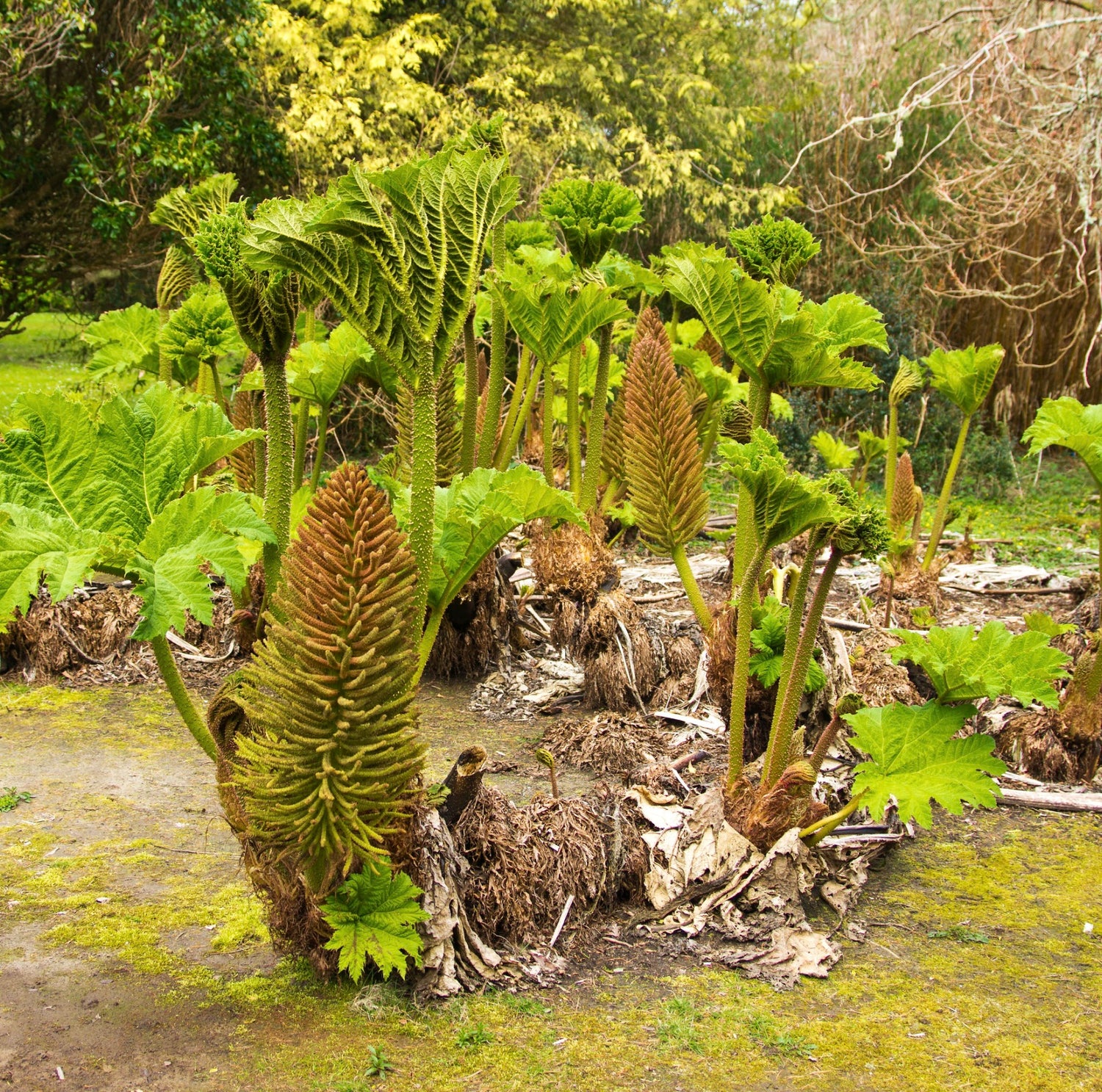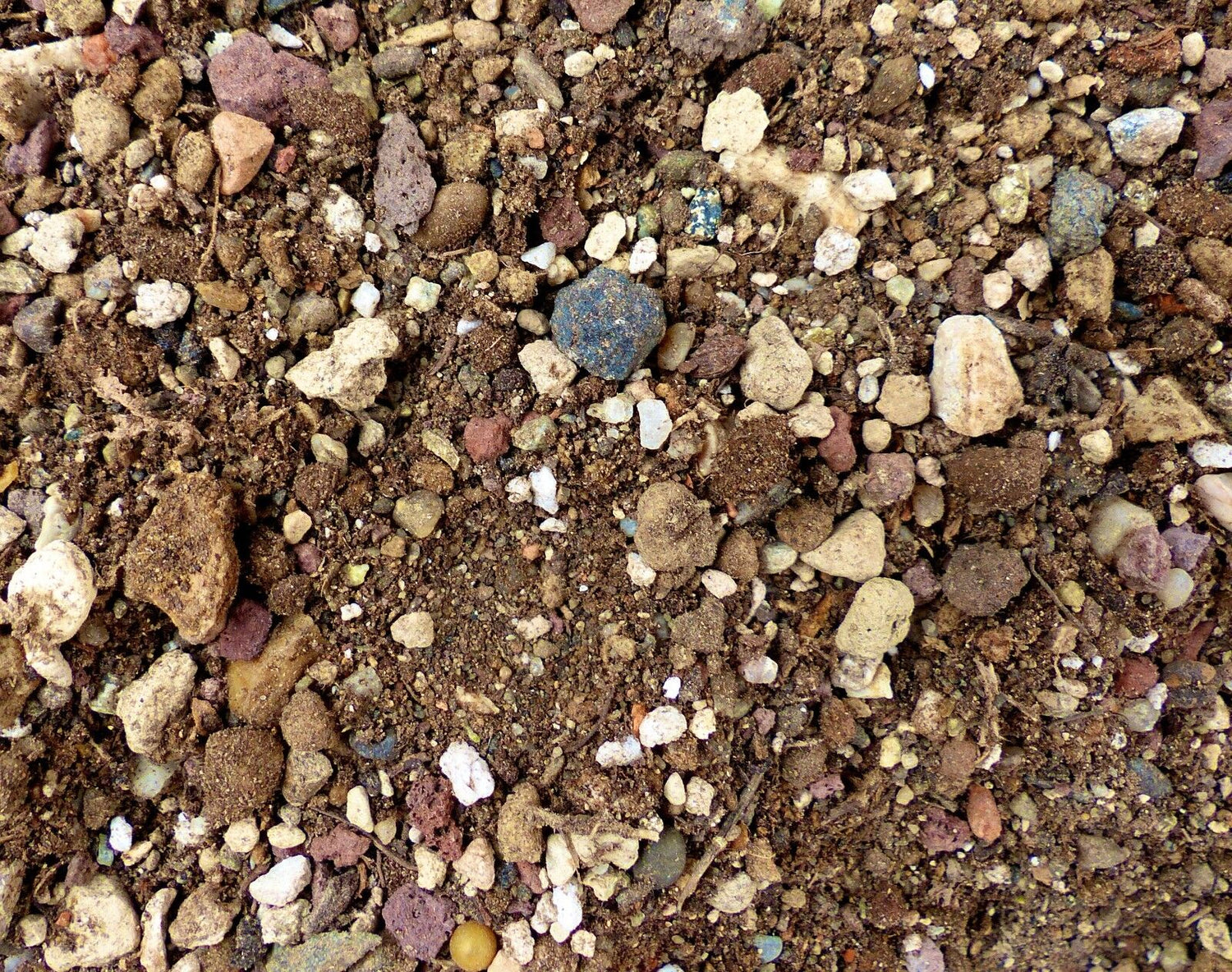Collection: Alnus
Alnus: The Versatile Alder Tree
The Alnus genus, commonly referred to as alder trees, includes a variety of species celebrated for their ecological benefits and ornamental value. Popular species such as the Alnus glutinosa (black alder) and Alnus rubra (red alder) are ideal for both functional and aesthetic landscapes.
Ecological and Ornamental Value
Alder trees, including Alnus incana and Alnus serrulata, are widely used for stabilizing riverbanks and improving soil quality. Their ability to fix nitrogen makes them a sustainable choice for environmental restoration. Additionally, varieties like Alnus cordata (Italian alder) are prized for their fast growth and elegant appearance.
Care and Cultivation
Growing an Alnus plant is straightforward, as they thrive in moist, well-drained soils. From the Alnus glutinosa imperialis to the Alnus japonica, these trees are resilient and low-maintenance, making them a popular choice for gardeners and landscapers.
Unique Features
With their distinctive alnus leaves and flowers, alder trees like the red alder (Alnus rubra) and white alder (Alnus rhombifolia) offer year-round interest. Their adaptability and ecological benefits make them a versatile addition to any setting.
Whether for environmental projects or decorative purposes, the Alnus genus combines beauty and functionality







